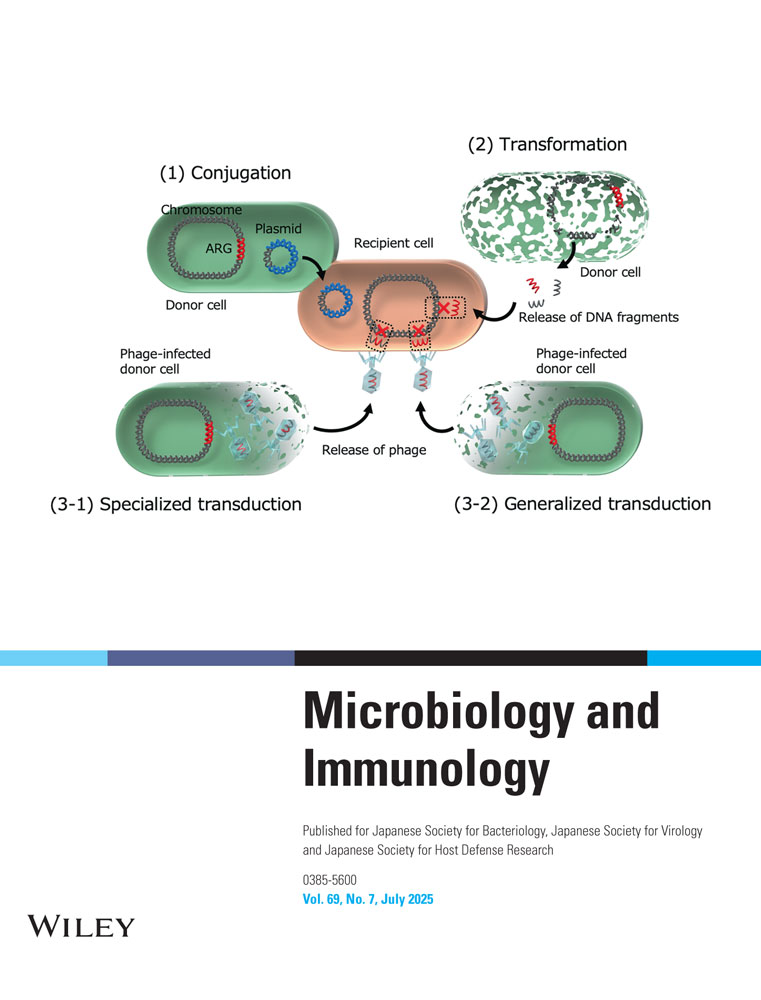In Vitro Susceptibilities of Candida spp. to Panomycocin, a Novel Exo-β-1,3-Glucanase Isolated from Pichia anomala NCYC 434
Abstract
Panomycocin, the killer toxin of Pichia anomala NCYC 434 (K5), is a 49 kDa monomeric glycoprotein with exo-β–1,3-glucanase activity (patent pending). In this study we evaluated the in vitro activity of panomycocin against a panel of 109 human isolates of seven different pathogenic Candida spp. using microdilution and time-kill methods. Panomycocin was most active against C. tropicalis, C. pseudotropicalis and C. glabrata with MIC90 values of 1 μg/ml. It displayed significant activity against C. albicans and C parapsilosis with MIC90 values of 4 and 2 μg/ml, respectively. For C. krusei, the MIC90 value was 8 μg/ml. Panomycocin was fungicidal against all the tested Candida spp. The MFC values were only one or 2 dilutions higher than the MICs with the exception of C. krusei isolates with MFCs greater than or equal to 4 × MIC. Results of this study indicated that panomycocin could be considered as a natural antifungal agent against Candida infections and has significant potential for further investigation.
Abbreviations
-
- API
-
- analytical profile index
-
- ATCC
-
- American Type Culture Collection
-
- CFU
-
- colony forming units
-
- CLSI
-
- Clinical and Laboratory Standards Institute
-
- DSMZ
-
- German Collection of Microorganisms and Cell Cultures
-
- K+
-
- killer phenotype
-
- MFC
-
- the minimum fungicidal concentration
-
- MIC
-
- minimum inhibitory concentration
-
- MOPS
-
- 3-N-morpholino-propanesulfonic acid
-
- NCYC
-
- National Collection of Yeast Cultures
-
- RPMI
-
- Roswell Park Memorial Institute
-
- SDA
-
- Sabouraud dextrose agar
-
- TUBITAK
-
- Scientific and Technological Research Council of Turkey.




